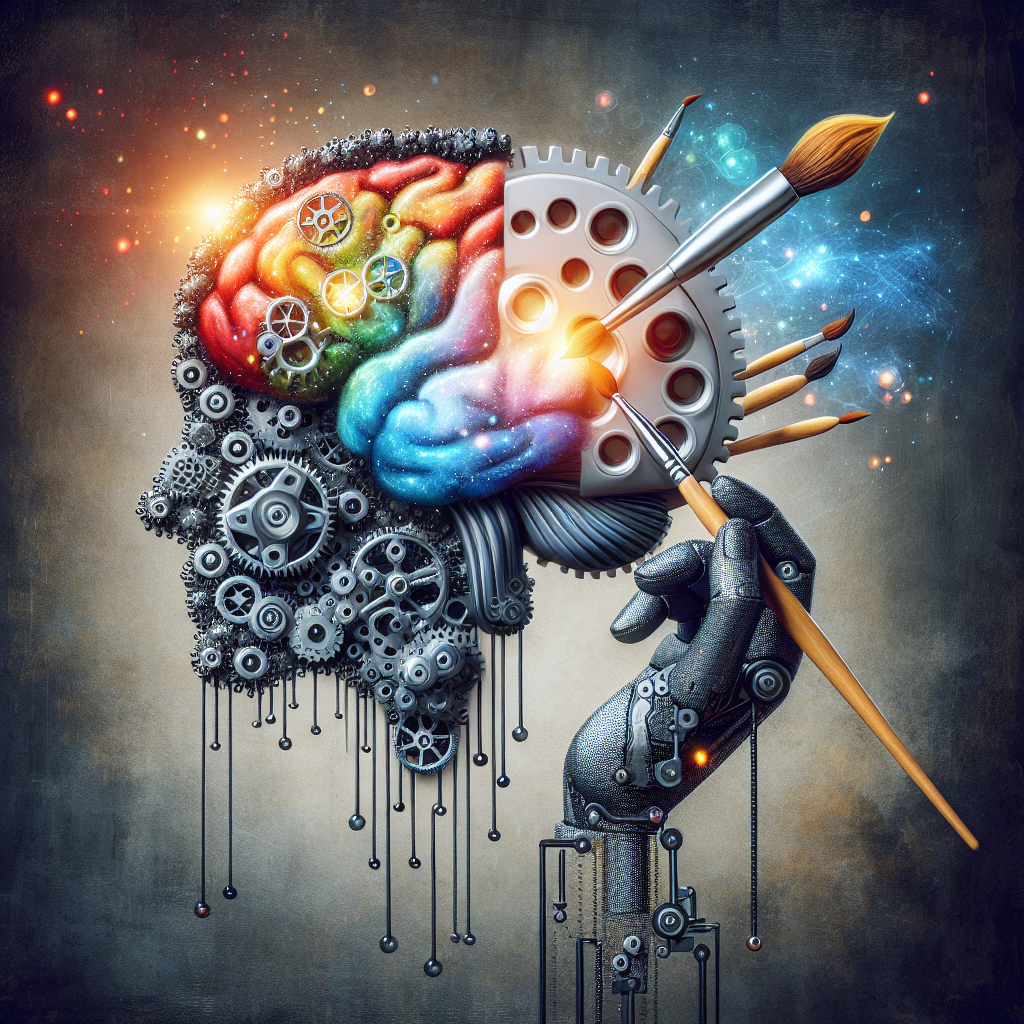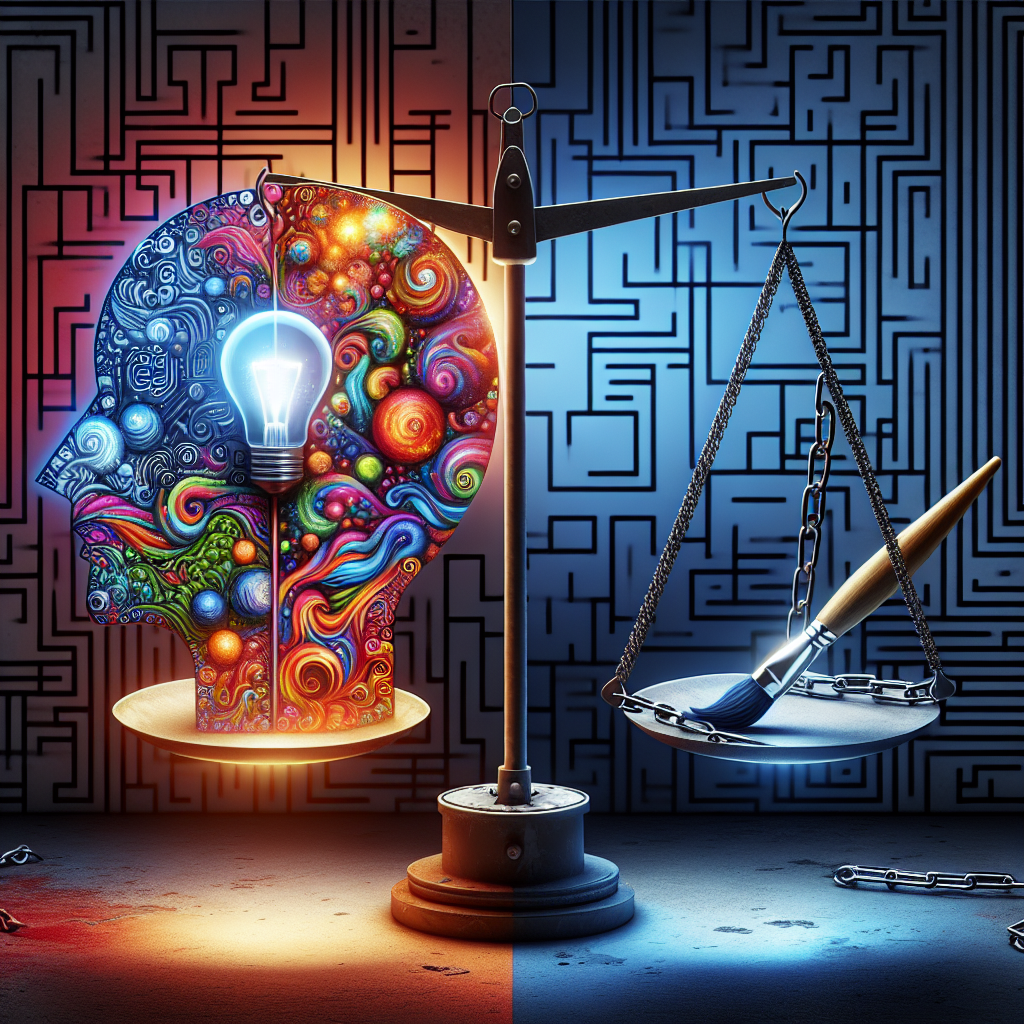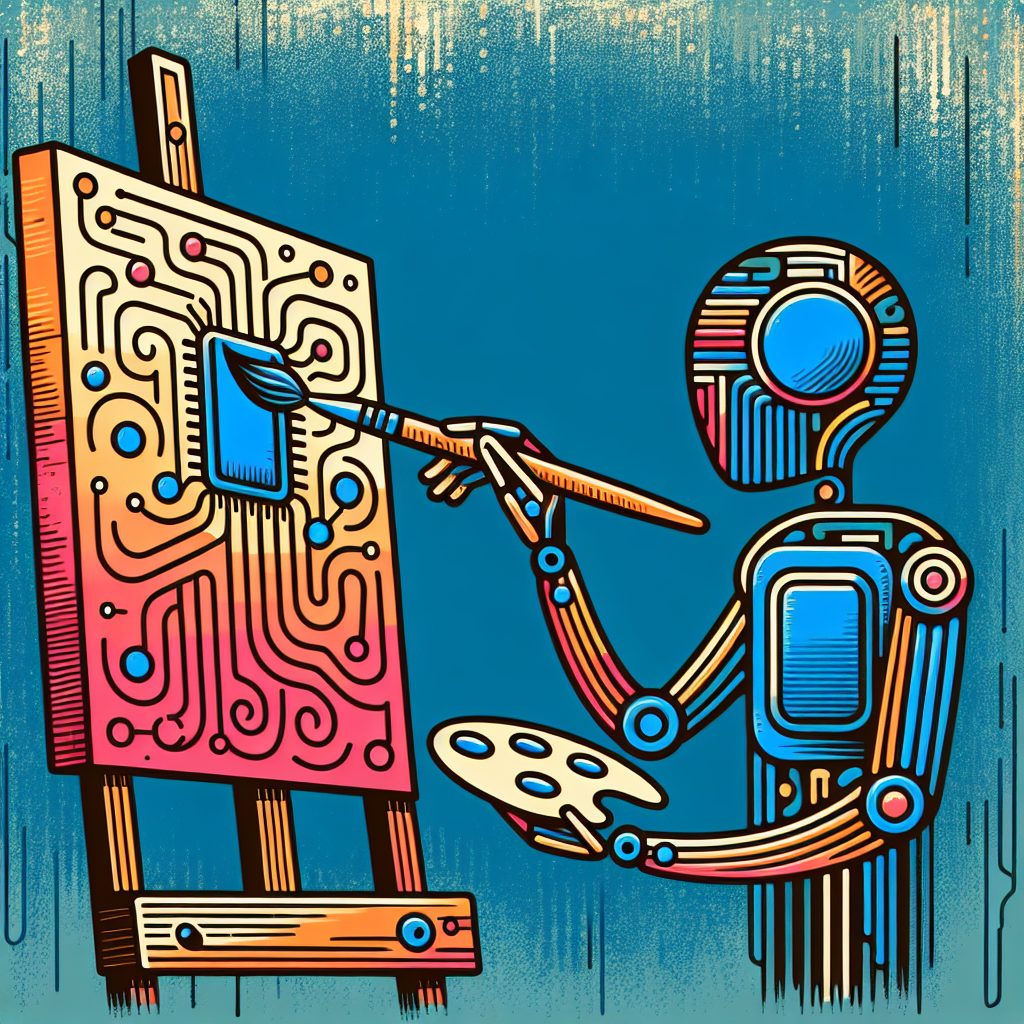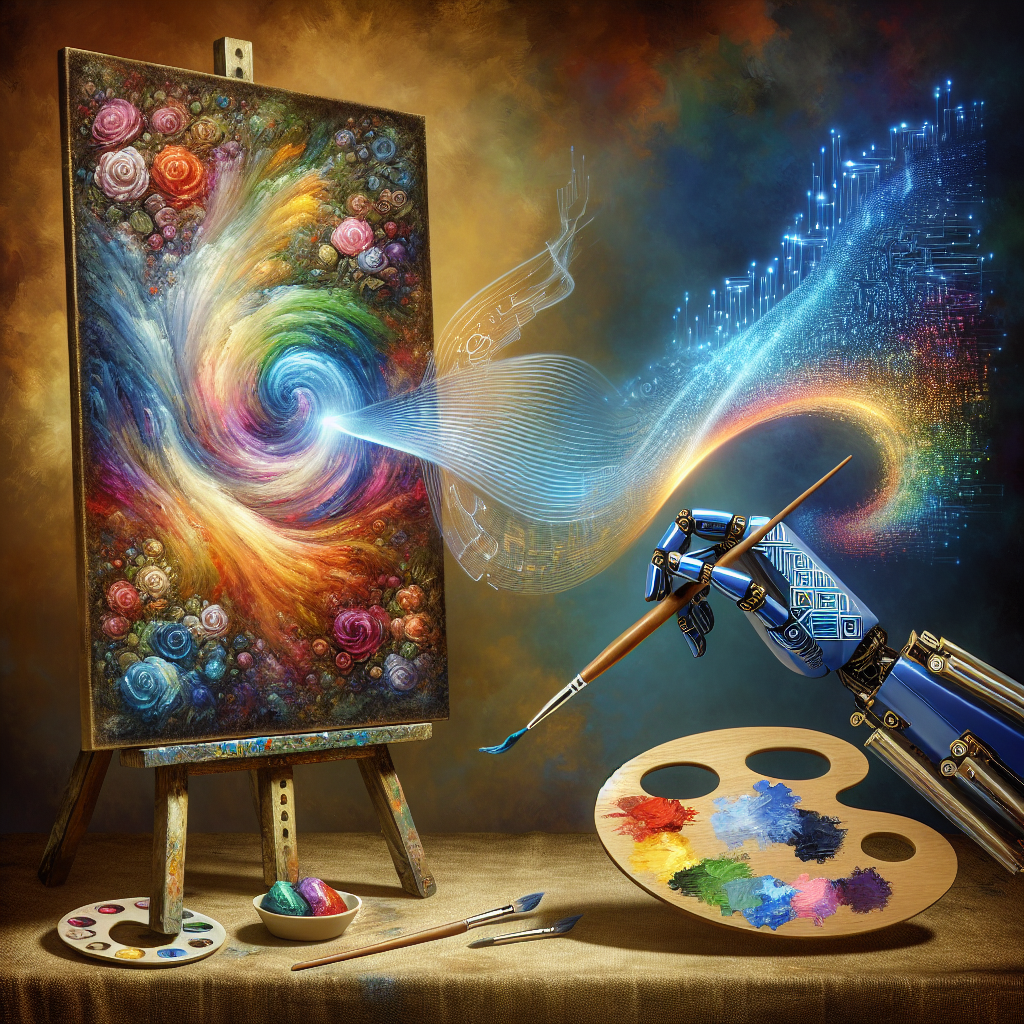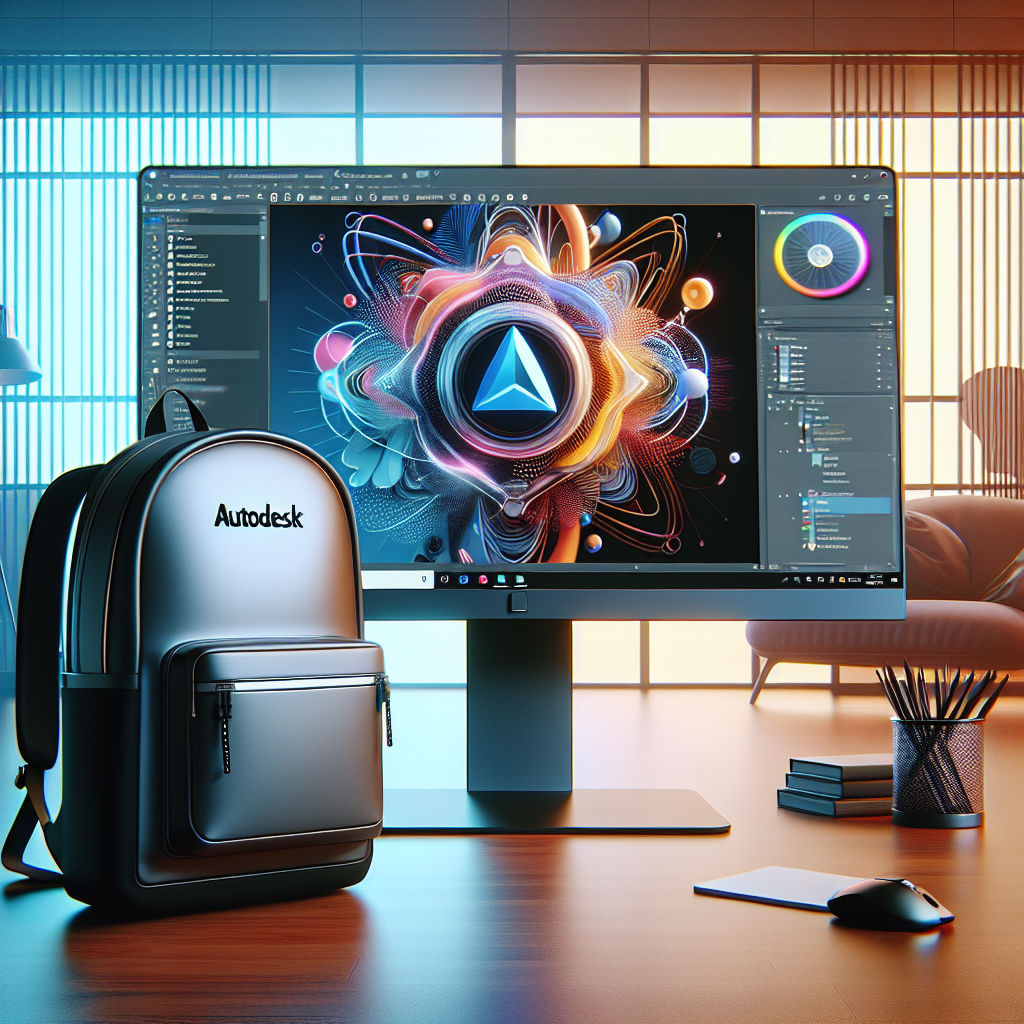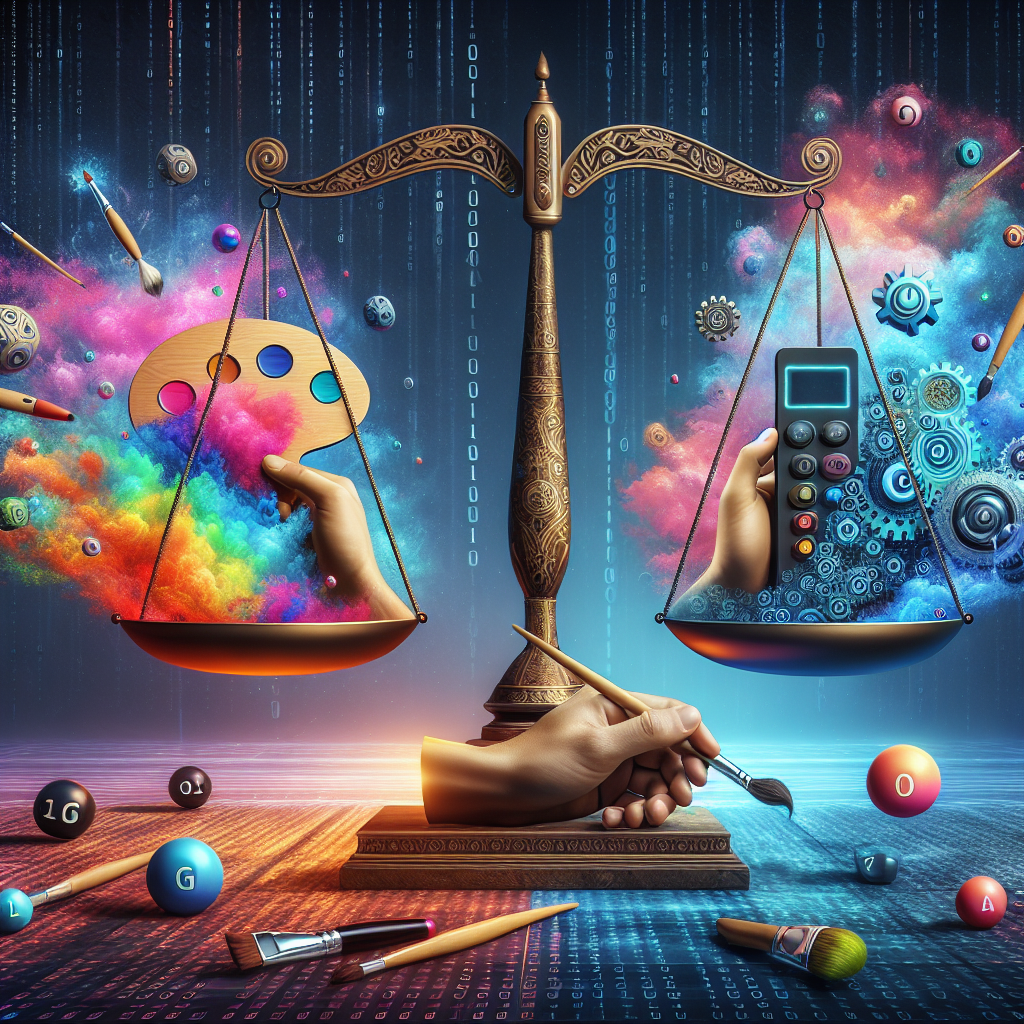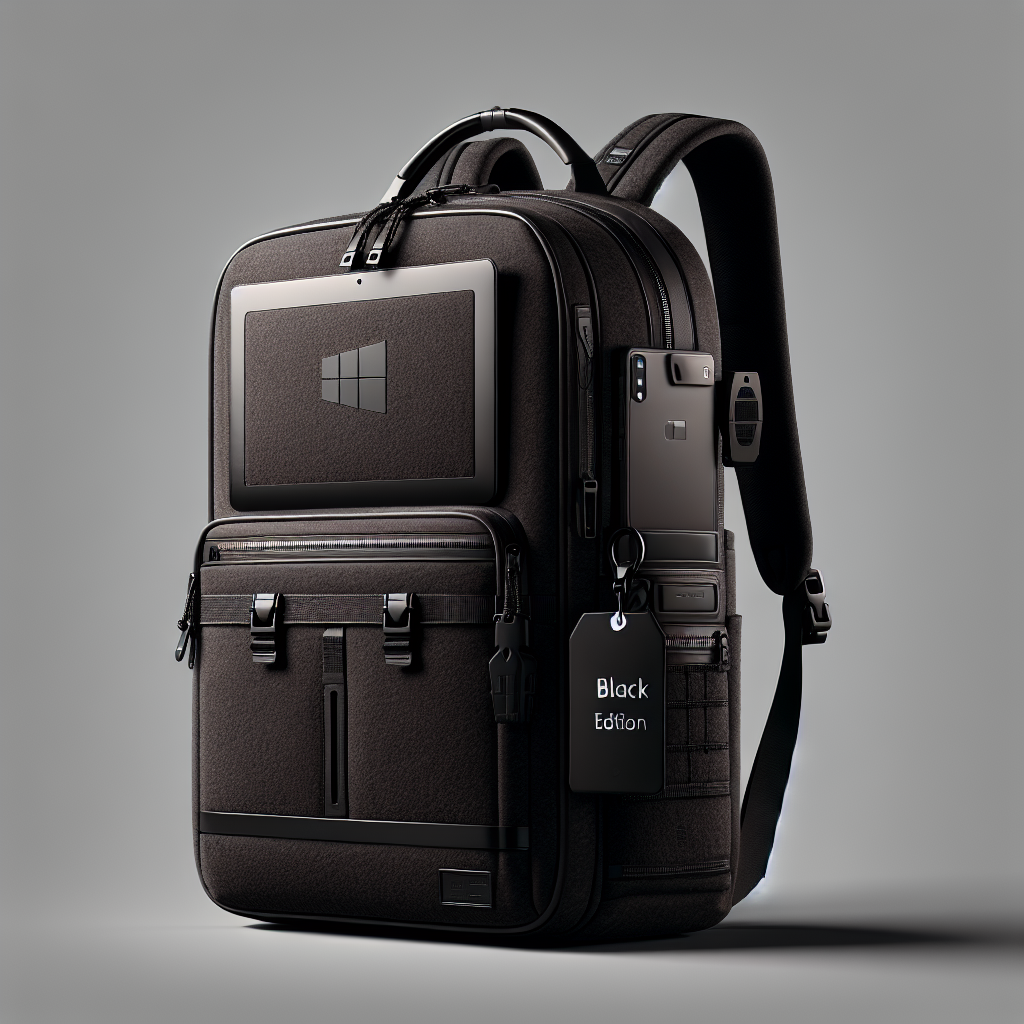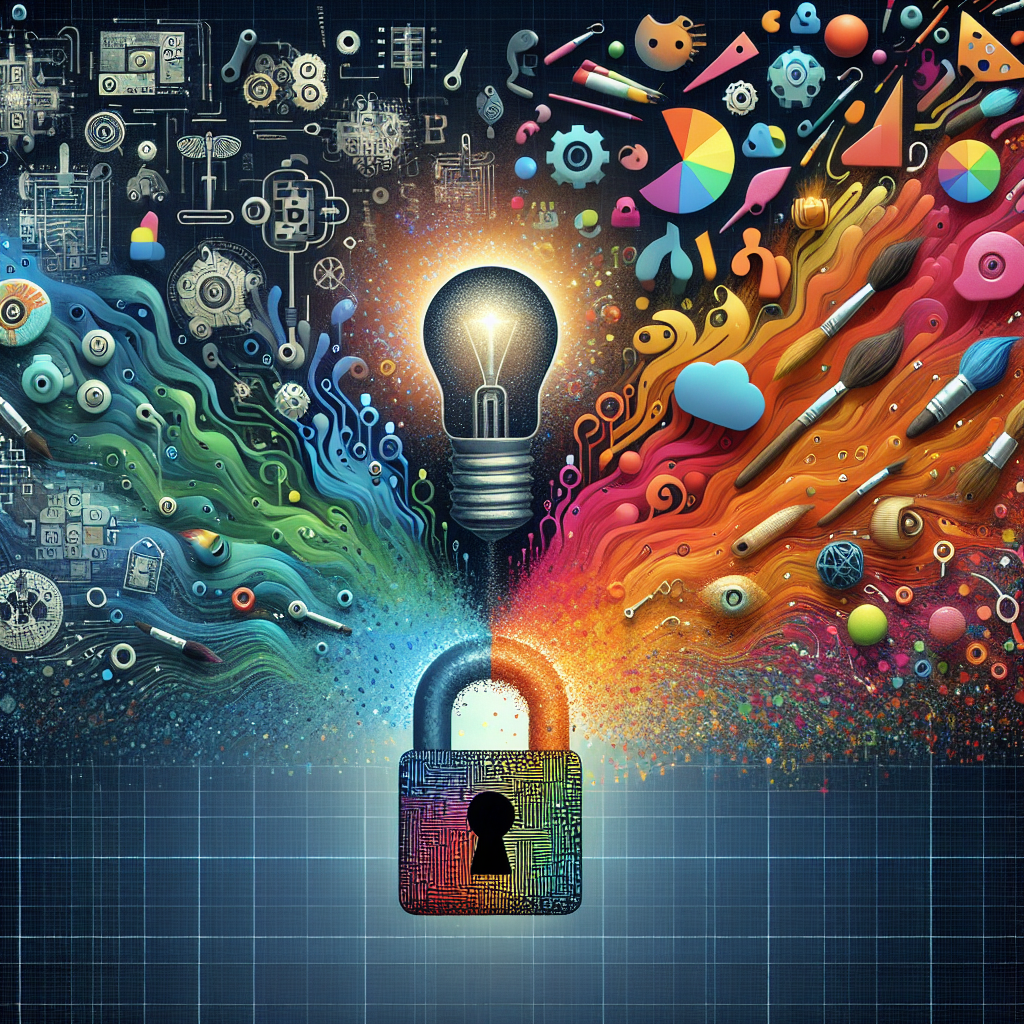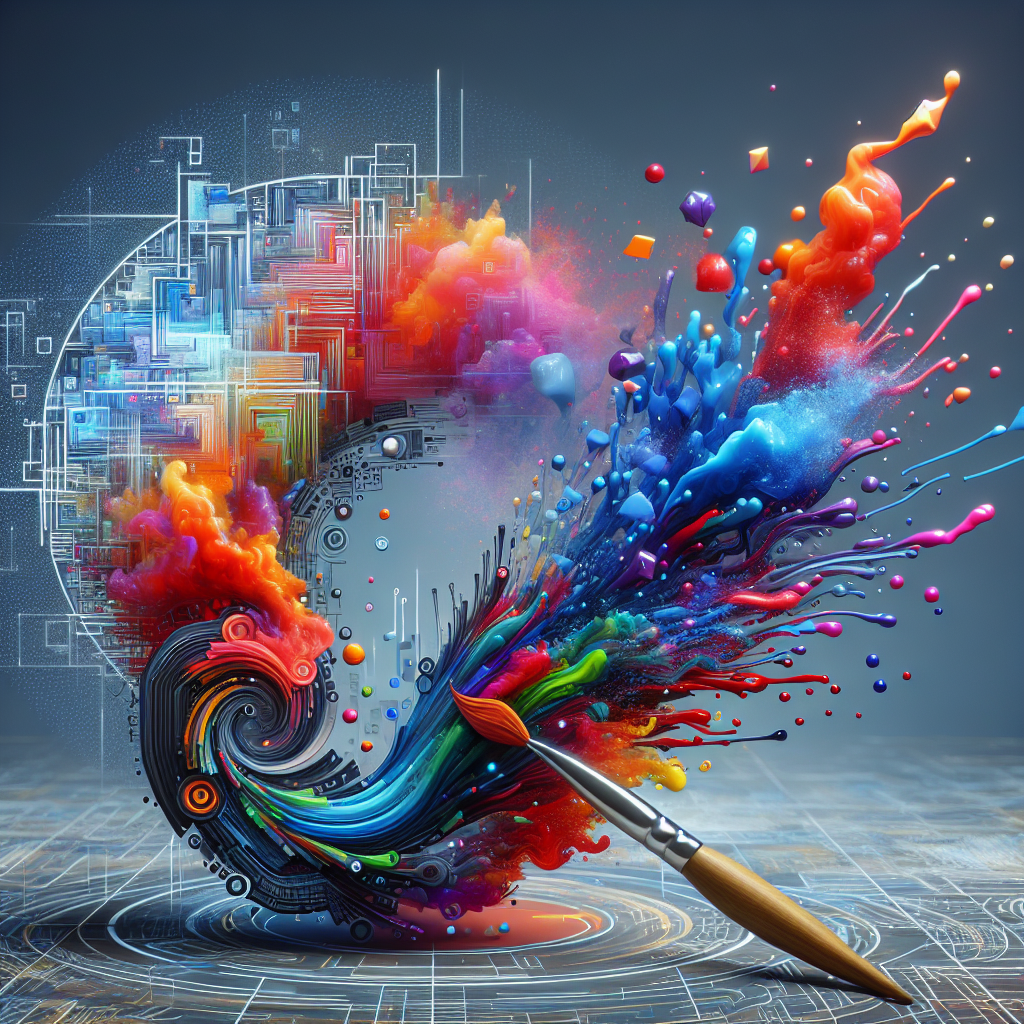Artificial intelligence (AI) has been revolutionizing industries across the board, and the art world is no exception. With advancements in machine learning and neural networks, AI is changing the way artists create, collaborate, and exhibit their work. From generating original artwork to enhancing the creative process, AI is unleashing new possibilities for artists and pushing the boundaries of what is possible in the art world.
One of the most exciting applications of AI in the art world is the creation of original artwork. Artists and technologists are collaborating to develop algorithms that can generate unique and compelling pieces of art. These AI-generated artworks can range from paintings and sculptures to digital installations and interactive experiences. By feeding the AI with data sets of existing artwork, it can learn to mimic different styles and techniques, producing new pieces that are inspired by the past but with a modern twist.
AI is also playing a significant role in enhancing the creative process for artists. By analyzing data and patterns, AI can provide artists with valuable insights and suggestions to improve their work. For example, AI algorithms can analyze color palettes, composition, and brush strokes to help artists make more informed decisions about their artwork. This allows artists to experiment with new techniques and styles, pushing the boundaries of their creativity.
Furthermore, AI is enabling artists to collaborate in new and innovative ways. Through the use of generative adversarial networks (GANs), artists can work together to create unique pieces of art that blend their individual styles. GANs work by pitting two neural networks against each other, with one generating artwork and the other critiquing and refining it. This collaborative process can lead to unexpected and exciting results, as artists push each other to think outside the box and explore new creative avenues.
In addition to creating and collaborating, AI is also revolutionizing the way art is exhibited and experienced. Virtual and augmented reality technologies powered by AI are allowing artists to create immersive and interactive installations that engage viewers in new and exciting ways. These cutting-edge technologies are transforming traditional art spaces into dynamic and interactive environments, where viewers can explore and interact with artwork in ways never before possible.
Overall, AI is playing a crucial role in unleashing creativity in the art world. By generating original artwork, enhancing the creative process, enabling collaboration, and transforming the way art is exhibited, AI is pushing the boundaries of what is possible in the art world. As artists continue to embrace and explore the potential of AI, we can expect to see even more groundbreaking and innovative artwork in the years to come.
